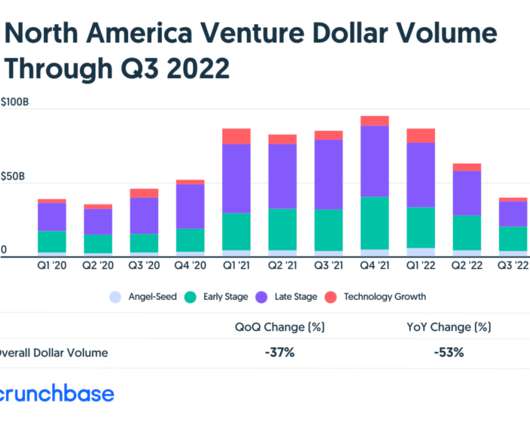In defence of liquidation preferences
The Equity Kicker
NOVEMBER 9, 2016
It turns out that ‘time bomb’ is the much maligned and, I suspect, little understood, liquidation preference. To be clear, liquidation preferences are sometimes used badly and founders should generally turn away from investors who ask for multiple liquidation preferences.








































Let's personalize your content